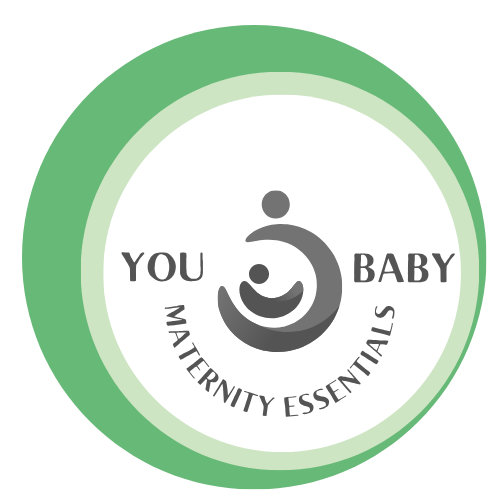Bladder weakness after birth
World continence week is 19-25th June 2023. Here is where you can find information in New Zealand.
The focus this year is bowels but this blog will mainly discuss urinary incontinence following birth (postpartum). That is the weeing or peeing without control. Approximately 33% of women suffer varying degrees of bladder weakness. It can occur as ‘stress incontinence’ where there is a gush of urine when coughing, sneezing, laughing, or exercising. Another type is ‘urge incontinence,’ where urine leaks involuntarily when you feel the need to go to the toilet.
Why does this happen?
- During pregnancy, hormones soften the muscles and for the first few weeks postpartum, the hormones slowly return to pre pregnant levels.
- During a vaginal birth the pelvic floor muscles are stretched to allow baby (or babies) to pass through. Commonly, the pelvic floor remains weakened caused by birth. That, combined with them being softer following pregnancy, can cause moderate weakness in immediate postpartum weeks. This can happen after Cesarean birth too.
- If there has been a large tear or cut to tissues and muscles surrounding the birth canal, during birth, this can cause weakness and/or incontinence of both urine and bowels (pooing without control).
What is the pelvic floor?

The pelvic floor is a group of muscles that form a strong hammock-like support deep in your pelvis and keep your organs in position. It stretches from your pubic bone at the front, to the tail bone (coccyx) at the back, and fans out to each side. It also helps to control bowel and bladder functions. These are the muscles we tighten and pull up when we want to stop passing wees, poos, or wind.
Women have three areas where the muscles of the pelvic floor can be weakened because the bowel, vagina, and urethra (wee tube) pass through them.
What can you do to strengthen your pelvic floor?
Most women have been introduced to pelvic floor exercises during pregnancy. This is where, after passing urine, you slowly tighten, squeeze, and pull your muscles upwards, hold for a few seconds then slowly release (slow controlled release is important). Do several sets of about 10 per day. Here is an excellent video from the Continence foundation of Australia.
After birth your Midwife/LMC will guide you regarding self-management or if referral to a specialist is required. If you have any questions or serious concerns, you can also see your General Practitioner.
Disclaimer: The information provided herein is the author’s opinion and provided for entertainment purposes only. While You and Baby Limited strives to make the information on this website as timely and accurate as possible, You and baby Limited makes no claims, promises, or guarantees about the accuracy, completeness, or adequacy of the contents of this site, and expressly disclaims liability for errors and omissions in the contents of this site. You and Baby Limited are not providing medical advice and encourage readers to seek professional maternity or medical assistance.
